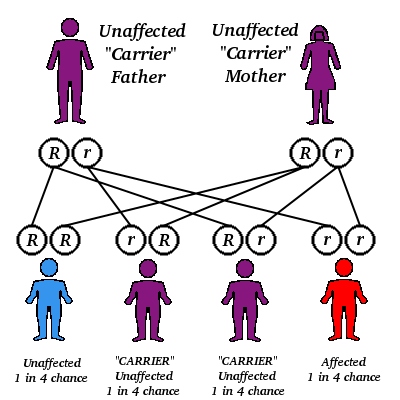Bloom's enzyme identified
Two teams of scientists have independentlyfound that an enzyme deficiency may be responsible for the rare human disease called Bloom's syndrome. The disease carries an increased risk of leukemia and lymphoma, and is one of a small group of inherited diseases in which an abnormal amount of unrepaired chromosomal breakage occurs.
A British group from the Clare HallLaboratories in Hertfordshire and a U.S. group from the New York Blood Center in New York City and the M.D. Anderson Hospital and Tumor Institute in Houston report their respective research results in the Jan. 21 NATURE. Their discovery that cells from Bloom's patients are deficient in a DNA "ligase" enzyme involved in DNA replication could explain many of the abnormal findings in the disease.
Earlier studies had revealed that bacteriamutants with a defective DNA ligase also show characteristic chromosomal and DNA problems. The scientists searched for a similar enzyme in cells from Bloom's syndrome patients. Unlike bacteria, which have a single DNA ligase, mammalian cells contain two DNA ligases: DNA ligase I functions during DNA replication, DNA ligase II during DNA repair.
Results suggest it is the DNA ligase Ithat is defective. The researchers do not know whether the abnormal DNA ligase is the primary defect in the disease, or a secondary effect of some other cellular problem. The British group did not find defective DNA ligase I activity in cells from patients with other rare diseases associated with unrepaired chromosomal breakage.
COPYRIGHT 1987 Science Service, Inc.
COPYRIGHT 2004 Gale Group



